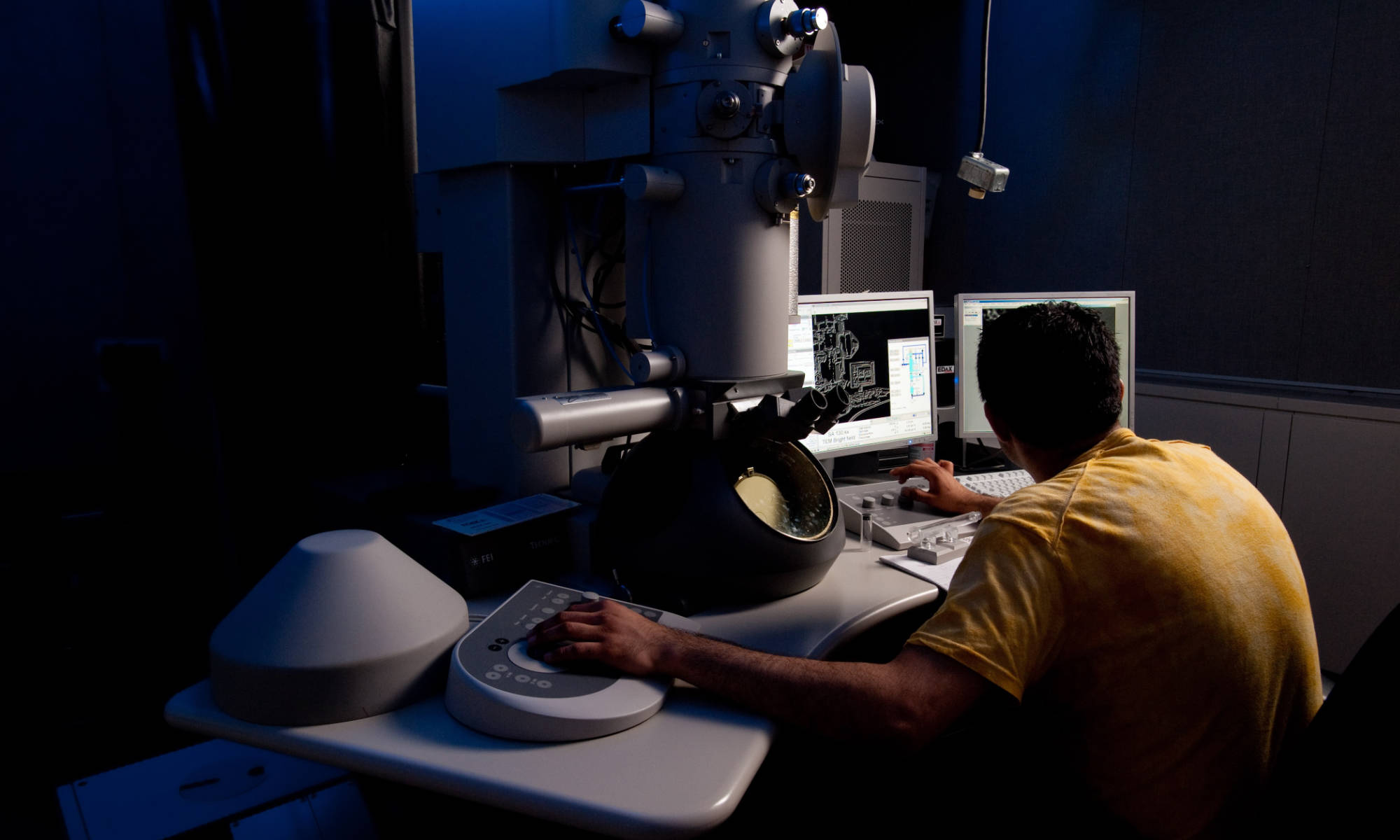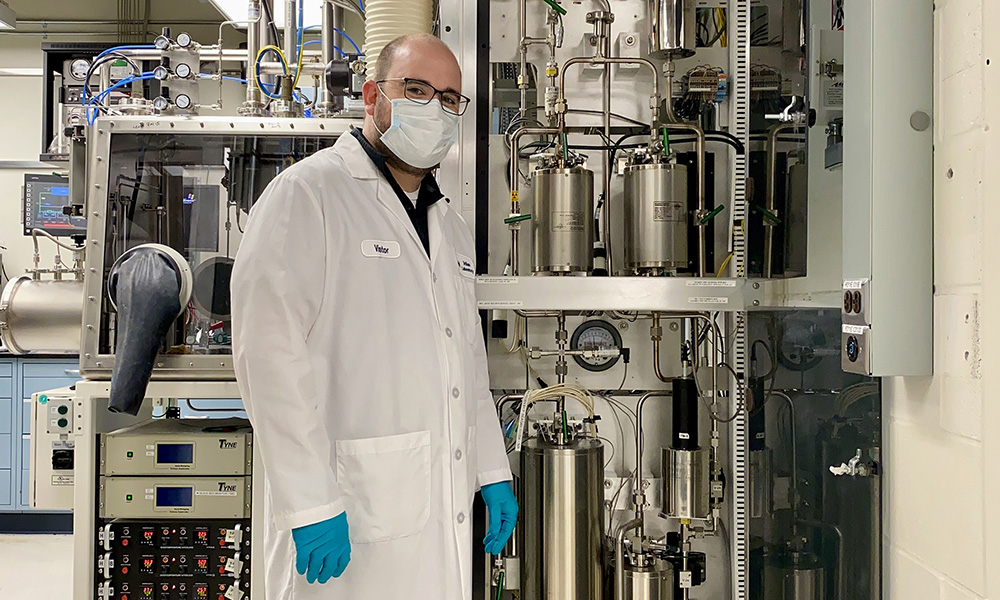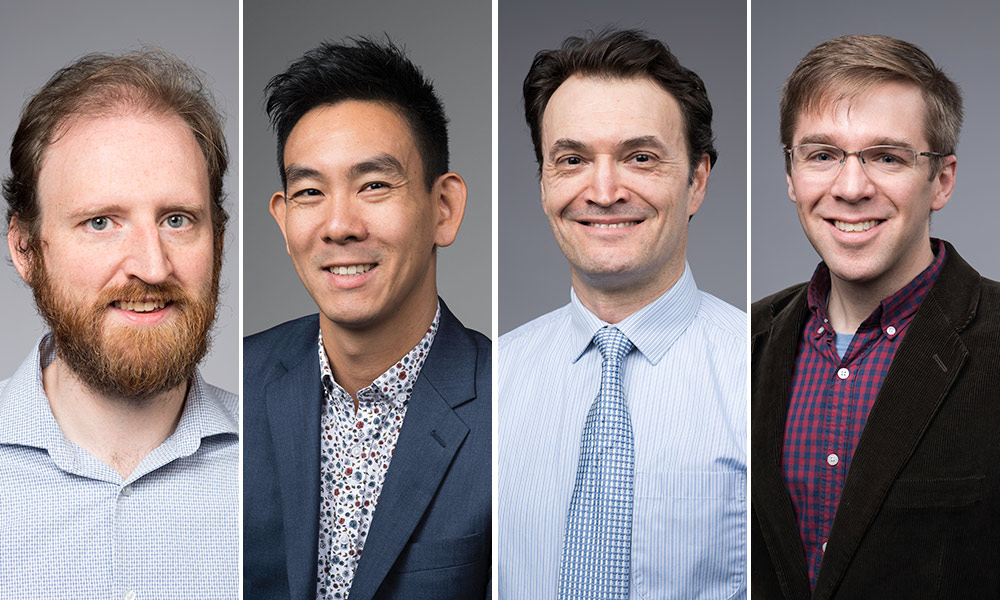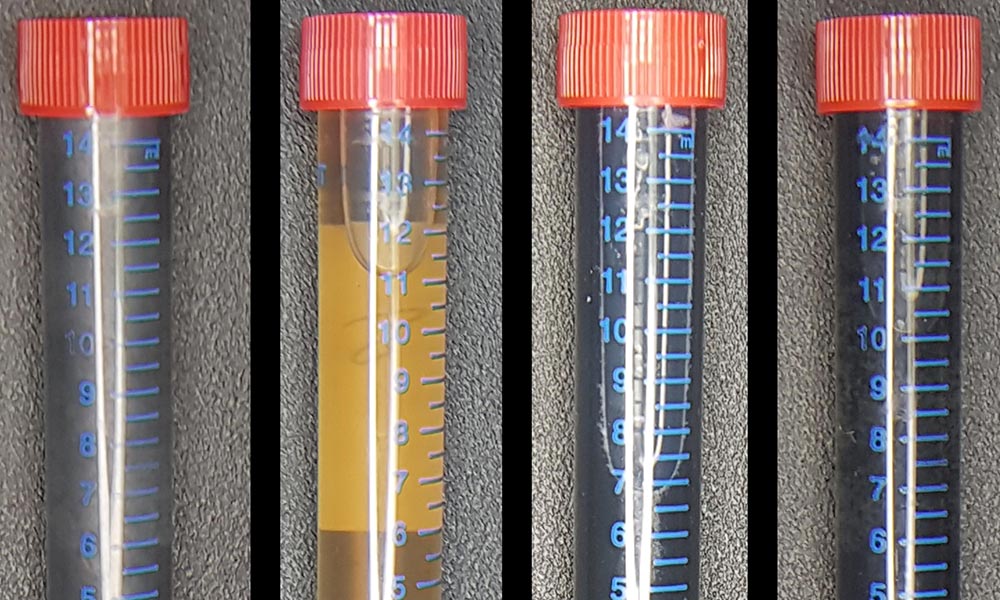
Twisting atomically thin materials could advance quantum computers
Placing two layers of special 2D materials together and turning them at large angles creates artificial atoms with intriguing optical properties.

University secures federal funding to enable advanced quantum research
The funding supports the acquisition of a state-of-the-art transmission electron microscope to accelerate research in quantum information science.

As labs reopen, Rochester researchers adapt to COVID-19 precautions in innovative ways
Time sharing, staggered shifts, and reconfigured spaces are among the adaptations in place as research resumes at Rochester.

Is teleportation possible? Yes, in the quantum world
Rochester physicists are exploring new ways of creating quantum-mechanical interactions between distant electrons. The research marks an important advance in quantum computing.

Rochester researchers pursue quick ways to detect COVID-19—and better understand it
Nanomembranes, optical sensors, and blood analysis: Rochester faculty are turning previous research avenues to focus on ways to quickly detect novel coronavirus to speed treatment.

Rochester scientists receive NSF CAREER awards
The National Science Foundation has granted its most prestigious award in support of junior faculty, the Faculty Early Career Development (CAREER) award, to several University of Rochester researchers this year.

Detecting microplastics first step in assessing environmental harm
Amid growing alarm over the plastic that pollutes our environment, biomedical and optics researchers are devising ways to quickly detect microplastics in drinking water to better understand their potential impacts on human health.

One small step for electrons, one giant leap for quantum computers
Quantum computing has revolutionary potential, but transferring information within a quantum system remains a challenge. By transferring the state of electrons, Rochester research brings scientists one step closer to creating fully functional quantum computers.

Qiang Lin receives nation’s top honor for early-career investigators
Qiang Lin, an expert in integrated quantum photonics and nonlinear nanophotonics at the University of Rochester, is a recipient of the Presidential Early Career Award for Scientists and Engineers (PECASE).

Will your future computer be made using bacteria?
Graphene is a revolutionary nanomaterial, the discovery of which led to a Nobel Prize. By mixing graphite with bacteria, Rochester scientists are making graphene easier and more environmentally friendly to produce, paving the way for future products and applications.
